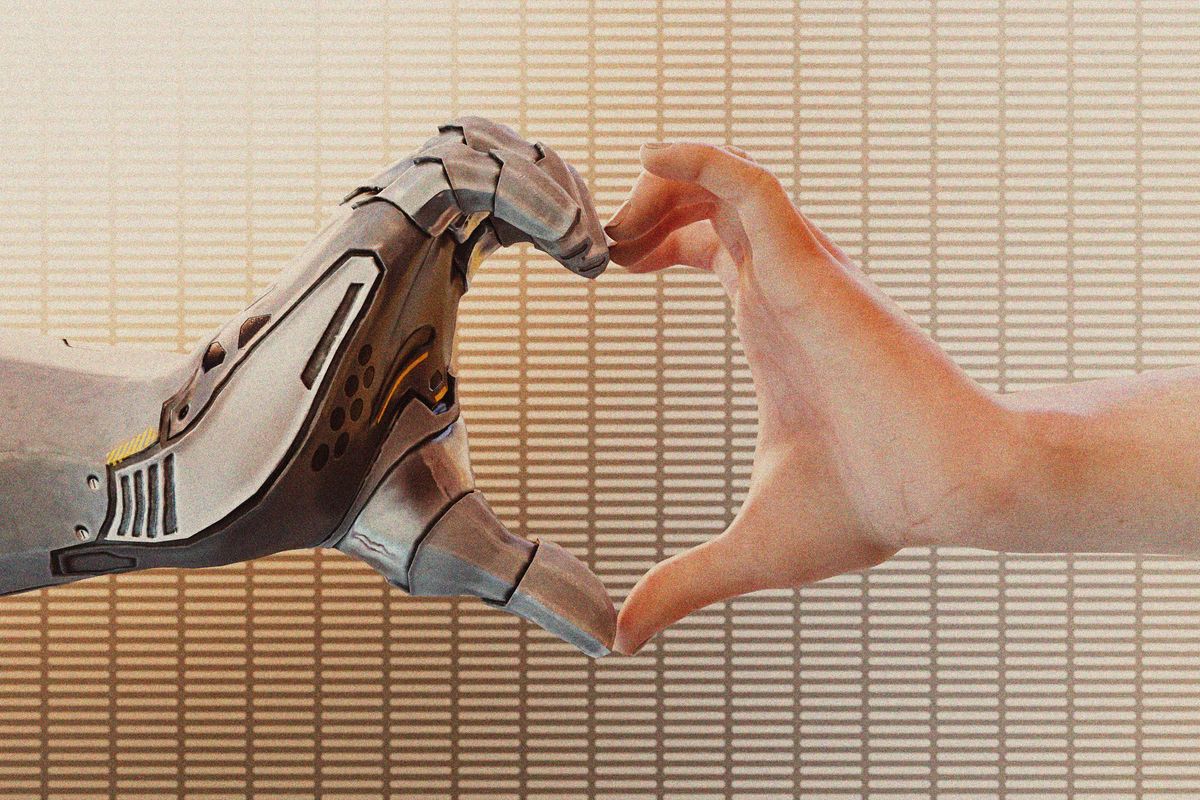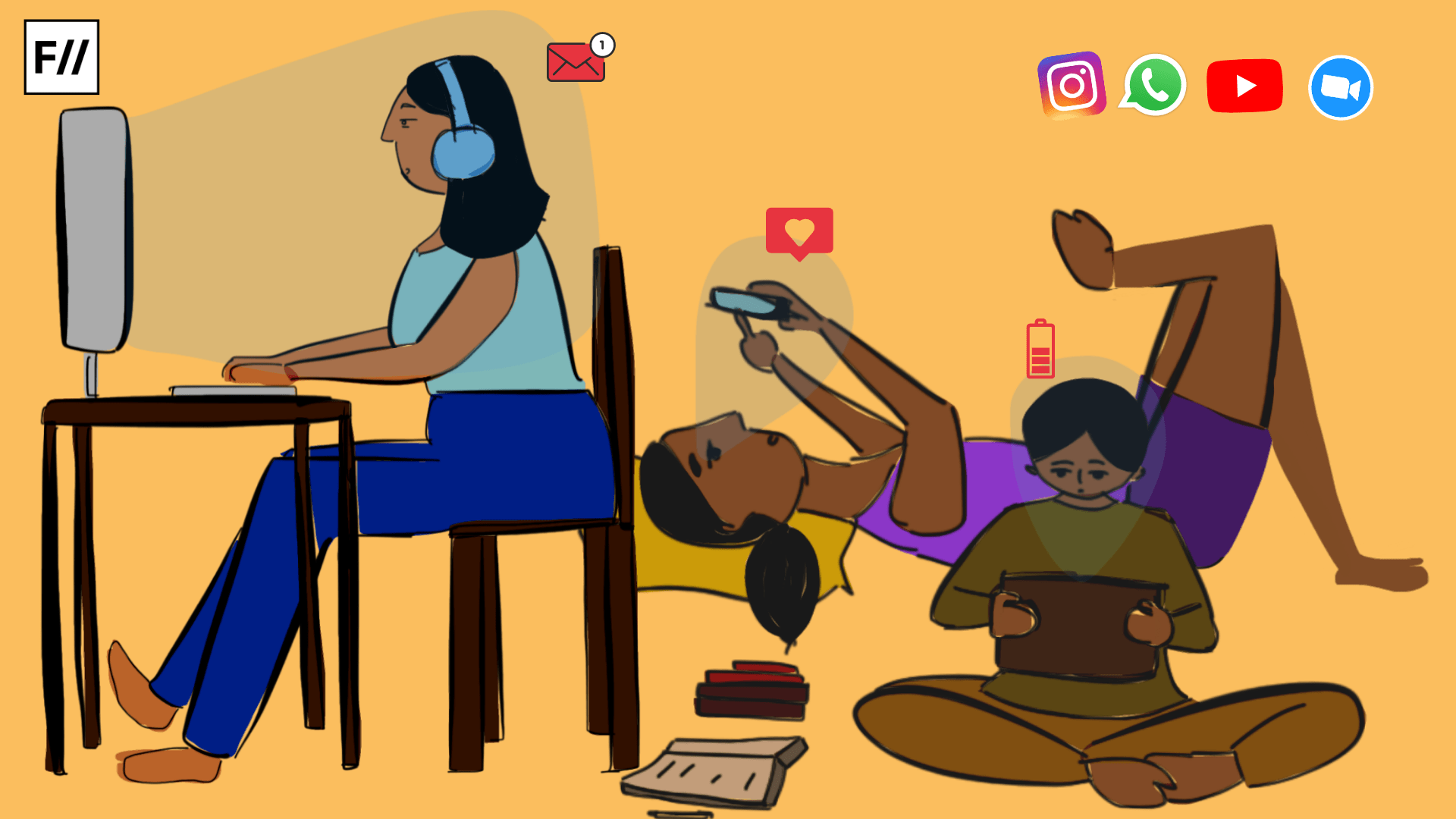In an age of vastly improved technology, deeply ingrained social media habits, and a generation struggling to get stable jobs in a failing world economy, Youtube and Instagram have easily become one of the quickest earning avenues for millennials. Effectively monetising their hobbies and basic interests, large accounts on both these websites have made it a plausible career option for those who enjoy sharing what they’re good at and being interactive with people all over the world. In today’s world, having social media influence can easily earn you tens of thousands of dollars, if not hundreds and millions.
But while this unique method of earning quick cash has become beneficial for those in front of the lens and behind the camera, it has had a range of effects on those who hit the like and subscribe button from the touch of our screens. Specifically speaking, younger audiences who look up to these influencers and consider them a standard to live up to.
YouTubers and Instagram beauty/lifestyle influencers are quickly achieving celebrity status that would’ve been unpredictable fifteen years ago. What started off as verified accounts, reviewer status and partnerships, has turned into becoming the face of fashion brands, starting their own beauty lines, selling merchandise with their USP, and having fandoms of their own.
given the amount of money that most of these influencers earn, the affordability of the look they’re selling is skewed.
Celebrity status, however, obviously leads to being placed on a pedestal and constant adoration, even emulation, from impressionable fans. It comes with the responsibility of putting fair and realistic content – especially on a medium that is not the same as selling a fictional story like with movies or television shows. These influencers are not paid actors, but real people who are trying to prove that the lives they depict are their real, achievable lives. This not only creates an odd standard to live up to, but also borders of false representation of what an average lifestyle should look like.
Take, for example, the trend of beauty gurus (on both YouTube and Instagram). These gurus are sometimes either trained, or self-proclaimed experts who have practiced the art of make up for years. Unfortunately, although their work is definitely admirable as an art form, it is also common for some of them to falsely advertise what their real skin looks like. Given that this is a money making practice, the kind of treatments they have access to allow them to indulge in skin care procedures that give the wrong idea of what natural beauty is.
In 2017, Wayne Goss, a popular make-up guru on YouTube did an exposé video explaining the lie behind YouTubers who use filming techniques to create a “live Photoshop” on their skins. While it’s fairly common for these celebrities to use the “It’s only good lighting” explanation for why their skin looks flawless, his video actually showed how easy it is to add a live filter while filming videos.
It’s bad enough that this filter is used by some artists while filming make-up looks, selling the idea that such perfection is achievable by using expensive products and practiced techniques – it’s even worse when used by skin-care YouTubers who put the filter on their bare face and sell the idea that it’s possible for make-up-less skin to look pore-less, blemish-less, and lacking texture.
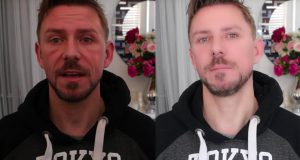
Image Source: Youtube / Wayne Goss
YouTubers like J MAYO were accused, by fans, of using skin filters in skin care routines – what is essentially supposed to be an entirely authentic video given the content. Love halssa was accused of using make up and slight filters in her skin care routines instead of showing what their authentic skin looks like. LovingLifewithJudi uploaded a video around the same time as Wayne, showing exactly how different a make up tutorial and the end product can look by simply adding a filter.
Whether any of these YouTubers are using the filters they’re being accused of using is a matter of drawing inference on your own – chances are those who want to use them discretely would be unlikely to admit that they do. But that doesn’t change that many of them still use creative filming techniques – like excessively bright lights, slightly out of focus lenses, blurring backgrounds (which also blurs the sides of the face) – in order to appear more flawless.
It also doesn’t change that there are tons of people in the comments willing to splurge the amount to acquire the exact same products and equipment to look similar, all without knowing for sure how much of it is natural.
Later in 2017, Kaushal from Kaushal Beauty did a similar video where she showed her viewers how different her skin looked under different camera settings (she has also previously made videos giving honest advice on how and where to get laser hair removal and eyebrow micro-blading done, so that any viewers inspired to approach technicians know how to do it right).
It shouldn’t be coming as a surprise to anyone that adding skin filters on a live video is possible, given how we all use Instagram and Snapchat filters on our daily clips and posts. Yet, we buy into the belief that this is what actual perfect skin looks like because there is no official “production” value in the way that movies, magazines, and music videos have. The illusion that is created because these are somehow more “real” people simply because they film from their home and on a regular camera – even sometimes their phones – forces our minds into thinking that those facial perfects are achievable even if it’s not possible.
Twitter is filled with selfies of people with their “highlight popping” despite the obvious use of Photoshop to add a glow, Instagram has far too many posts with #NoFilter that aren’t true, and Snapchat continues to use filters that lighten and modify skin – to the point of being racist. In fact, most Snapchat users I know in my personal life – myself included – never send snaps to anybody without a filter because the reality check of opening up the selfie camera (and god forbid, actually using the camera app, which is a lot more HD) without any modifications is harrowing.
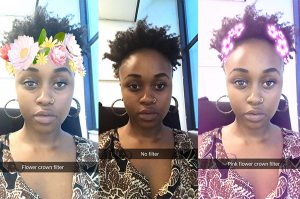
Image Source: Huffington Post
When young, impressionable viewers are constantly subject to influencers who portray themselves through a rose-tinted window, they also begin to feel the pressure to emulate their behaviours and their style in order to gain that slice of perfection for themselves.
In 2015, Deepika from xojane talked about an experience where young girls on a make-up shopping trip were solely focused on buying the exact same products that their favourite YouTubers were promoting, and nothing else. This is fairly common given how a major subsection of most beauty YouTubers is creating videos talking about monthly favourites, as well as listing products within every tutorial.
For starters, given the amount of money that most of these influencers earn, the affordability of the look they’re selling is skewed. It already sets a far too high bar for teenagers, expecting them to splurge thousands of rupees trying to mimic a fashion look that might not even have been achieved from make up but editing software instead. Moreover, there is a lack of authenticity that trickles into influencers’ videos when they’re being paid to promote certain products.
we buy into the belief that this is what actual perfect skin looks like because there is no official “production” value in the way that movies have.
Many brands send influencers early releases of products, as well as large PR packages and advertising deals in order to use their following to push their brand. While sponsorship in itself is not wrong, it is wrong to agree to become the face of a brand whose products you might not actually like but wish to sell for the large payout.
The purpose of a review video is to give an authentic reflection of a product impression, just like the purpose of a tutorial should be to teach one how to achieve a look – yet a lot of fans are starting to feel like some videos are mere advertisements for products (like Michelle Phan’s videos). In addition, since a lot of influencers are now earning enough money to start their own make-up lines, their videos have become less authentic reviews and more an advertising medium for their own product (like Charlotte Tilbury).
Even if a lot of teenagers know logically that things on social media are edited, it still creates a subconscious image that they would want to strive towards – one that is doubly difficult to achieve at an age when hormonal fluctuations, physical growth, and mental stress make it hard to feel comfortable in your body. The image that teenagers (Gen Z)are trying to create are of influencers in their 20s (mostly millennials), which is causing a lot of young kids to behave and act older than they actually are.
A quick scroll through Twitter and Instagram selfie tags and you’ll realise that it is impossible to tell apart a 14 year old from a 25 year old, all because they’re striving towards a similar idea of physical beauty. In fact, Guess the Age challenges are even becoming a viral theme on YouTube, showing exactly how easily it is blurring the line between minors and adults – a separate and alarming issue of its own.
It is not just facial beauty that these online celebrities sell. It’s the illusion of gaining immense financial stability and the “picture perfect” life by the age of 25. Zoe Sugg of Zoella Beauty has been colloquially labeled as “life goals” because of the lifestyle she is able to afford thanks to her multi-millionaire status from her YouTube career alone – including a mansion, along with an aesthetically pleasing wardrobe and interiors. In 2014, she came under fire for using a ghostwriter for her book Girl Online, which a lot of her loyal teenage fans felt betrayed by.
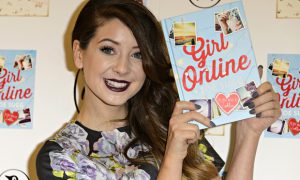
Image Source: Writer’s Edit
Perhaps some would consider this level of criticism unfair – there is no harm in running a business or trying to make money. After all, we live in a capitalist world and millennials have repeatedly talked about how the combination of a bad education and a worse economy makes it impossible for anyone to get jobs that don’t leech their labour for minimal payback. There is certainly no harm in making money from a hobby that one loves. The issue, rather, lies in making this money in a dishonest manner, by selling a falsehood to young and impressionable audiences who feel pressured by their “idols” and their peers to not live up to this life.
Similarly, the harm does not lie in make up, fashion, or even in reconstructive procedures. Nikkie de Jager of NikkieTutorials has made videos about her lip injections and dental reconstruction, as well as appeared in interviews talking about Botox. Cosmetic surgery is perfectly acceptable when done by adults in a healthy and well informed manner. Young adults – especially those redefining gender fluidity and femininity – should feel comfortable experimenting with make up and art. Moreover, using a filter to boost your confidence and add some fun shouldn’t be a crime either.
The issue lies with those who use filters and fillers to alter their natural appearance, and claim that it is natural beauty when it is the exact opposite. Not only does it severely damage self esteem, but also forces those influenced to take drastic, unhealthy steps to match this idea of beauty. Young adults feel the pressure to constantly value themselves by the level of contour they can blend, how sharp their eyeliner is, and whether they own that one shade of MAC and Kylie Jenner lipstick.
Also Read: The Old-New Brand Of ‘Natural Beauty’ – Just As Hypocritical As The Makeup Industry!
Make-up, fashion, and investing in brands should all be informed choices that people make. Whether someone chooses to simply wear some kajal and lip balm, or do a full face of HD make up, should be their personal choice. Social media continues to not only put pressure behind making these choices but also blurs the “informed” part of those choices, just like the next cutest, pore-free filter on the market.
Featured Image Credit: LovingLifeWithJudi | Youtube


